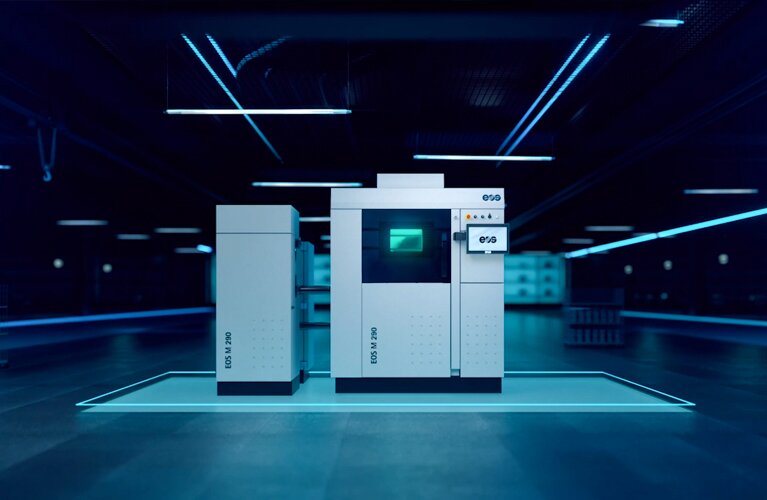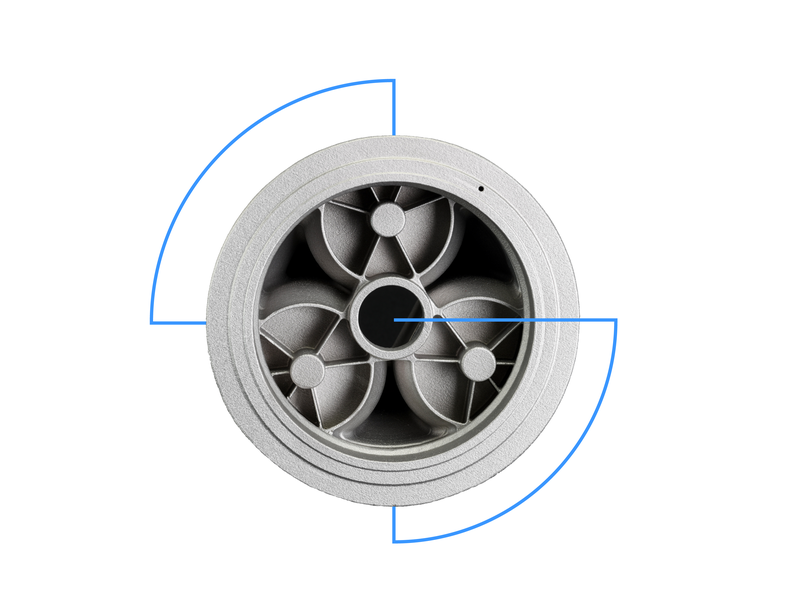
Engineered For Your Success
We are the Leaders in Technology and Quality for High-End Solutions in Additive Manufacturing
.

Start Your AM Journey Today
Discover the latest developments at EOS
Discover our Metal Solutions
Browse our portfolio of 3D metal printer systems and explore the range of compatible metal materials.

Discover our Polymer Solutions
Browse our portfolio of 3D polymer printer systems and explore the range of compatible polymer materials.







